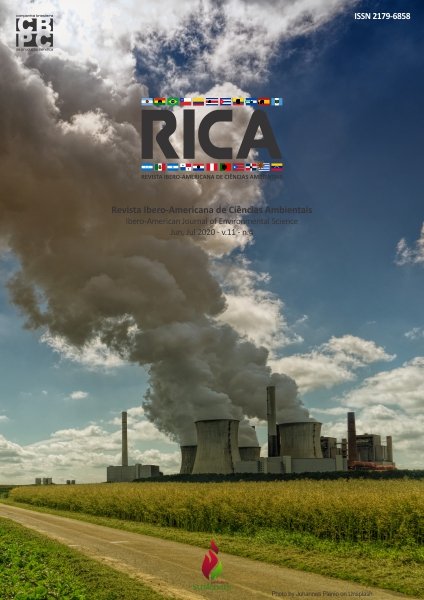Chlorophyl content and productivity of jambu under hydroponic cultivation and soil in different periods
DOI:
https://doi.org/10.6008/CBPC2179-6858.2020.004.0031Keywords:
Spilanthes oleracea L., Vegetable, Jambuarana, Hydroponic Cultivation, Soil CultivationAbstract
Jambu (Spilanthes oleracea L.) is a plant from the Asteraceae family, native of the Amazon region, and widely cultivated and eaten in the north of Brazil, mainly in the Pará State. Traditionally, this vegetable is cultivated in the soil, but it has also been cultivated in hydroponic. Therefore, the objective of this work was to evaluate the chlorophyll content and productivity of Jambu (cv. Jambuarana) in hydroponic cultivation and cultivation in the soil in the rainy and dry periods in Paragominas, Pará. The experiment was conducted at the Federal Rural University of Amazonia, campus Paragominas and in in the hydroponic vegetables company - B&A Hidroponia and at Colônia do Uraim with the cultivation in the soil being developed in two periods of the year. The experimental design was completely randomized in a 2x2 factorial scheme, being two systems and two periods with five repetitions. The parameters were evaluated: a number of leaves, the weightof the fresh mass, and leaf area (width, length, perimeter, ratio fac, and shape fac) the chlorophyll, the instrument ClorofiLOG-CFL1030. The data obtained was subjected to the analysis of variance, and the averages were compared usingthe Tukey test at 5% of probability. For the system within the period, the mean chlorophyll a, b, and total were higher for the soil system in the two periods of the year. The hydroponic system showed a higher amount of chlorophyll b in the dry season. The number of leaves in the dry season had the highest meanto thehydroponics. The soil had the highest number of leaves in the rainy season and the hydroponic, in the dry season. The same happened for the parameter weight of the fresh mass. For the leaf area, the hydroponic system had the highest mean in relation to the soil in the two periods, this one with the highest mean in the dry season. The hydroponic jambu showed higher productivity of g.plant-1 in relation to the soil for both periods, especially in the dry season and the soil system during the rainy season. For width, the hydroponics stood out to the soil in the dry period and the length in the two periods. For the ratio fac, the rainy season had the highest mean in the hydroponic system. For the shape facin the rainy season, the soil stood out in this period with the highest mean. The chlorophyll was better in soil.
Downloads
Downloads
Published
Issue
Section
License
The CBPC - Companhia Brasileira de Produção Científica (Brazil CNPJ: 11.221.422/0001-03) the material rights of the published works. The rights relate to the publication of the work anywhere in the world, including rights to renewals, expansions and dissemination of the contribution, as well as other subsidiary rights. All electronically published works may subsequently be published in printed collections under the coordination of this company and / or its partners. The authors preserve the copyright, but are not allowed to publish the contribution in another medium, printed or digital, in Portuguese or in translation.









